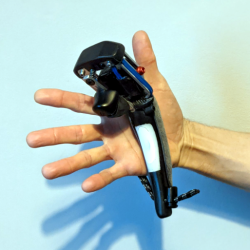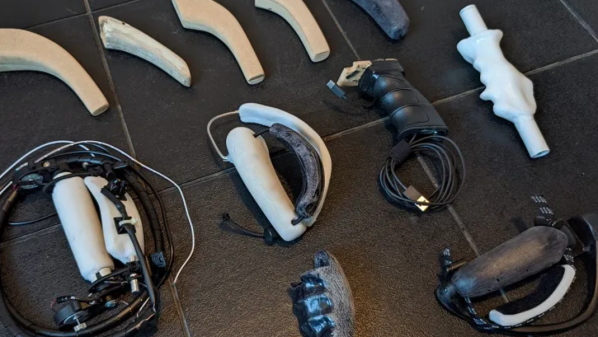[Rob Cole] had an ambitious side project: to build an improved version of the Valve Index VR controllers. His effort, named Project Caliper, aims for optimal ergonomics and modularity for the handheld devices. [Rob] originally had plans to develop it as a consumer product by forming a small startup company, but after taking a hard look at the realities of manufacturing delays, semiconductor shortages, and the high costs of developing hardware, decided that the idea just didn’t seem justified at the time.

However, the project was still to take shape. [Rob] is a self-learner, and highly passionate about the value of human-centric design. He started by building a basic controller that could be tracked in SteamVR, then a lot of work prototyping the finer points of controller design, and finally moving on to developing Project Caliper, his concept for a fully-adjustable, modular VR controller. The article he’s written takes you on a journey through the development of the project, and it is chock-full of prototype pictures for those of you who want to see just how much work can go into developing the actual physical realities of a handheld device. Some of his discoveries are pretty interesting; for example, he put a small vibration motor on a dorsal strap of one of his prototypes, thinking it would be a good place for feedback since the back of the hand is quite sensitive. It turned out that vibration applied to the back of the hand was powerfully felt as though it were inside the hand.
While its future as a consumer product isn’t certain, [Rob] is still working on the Project Caliper design and shares progress and photos on Twitter. Developing VR hardware isn’t easy, but at least there’s a much more robust framework for it nowadays, and thankfully no longer any need to roll your own tracking from scratch.












